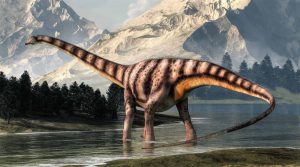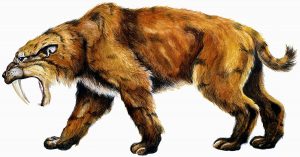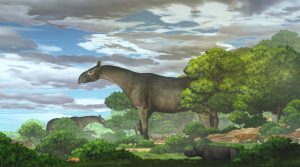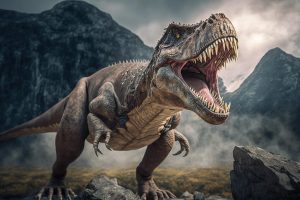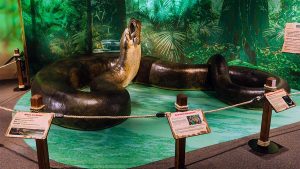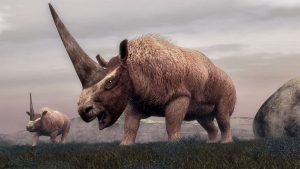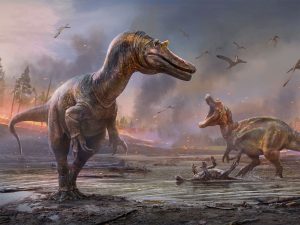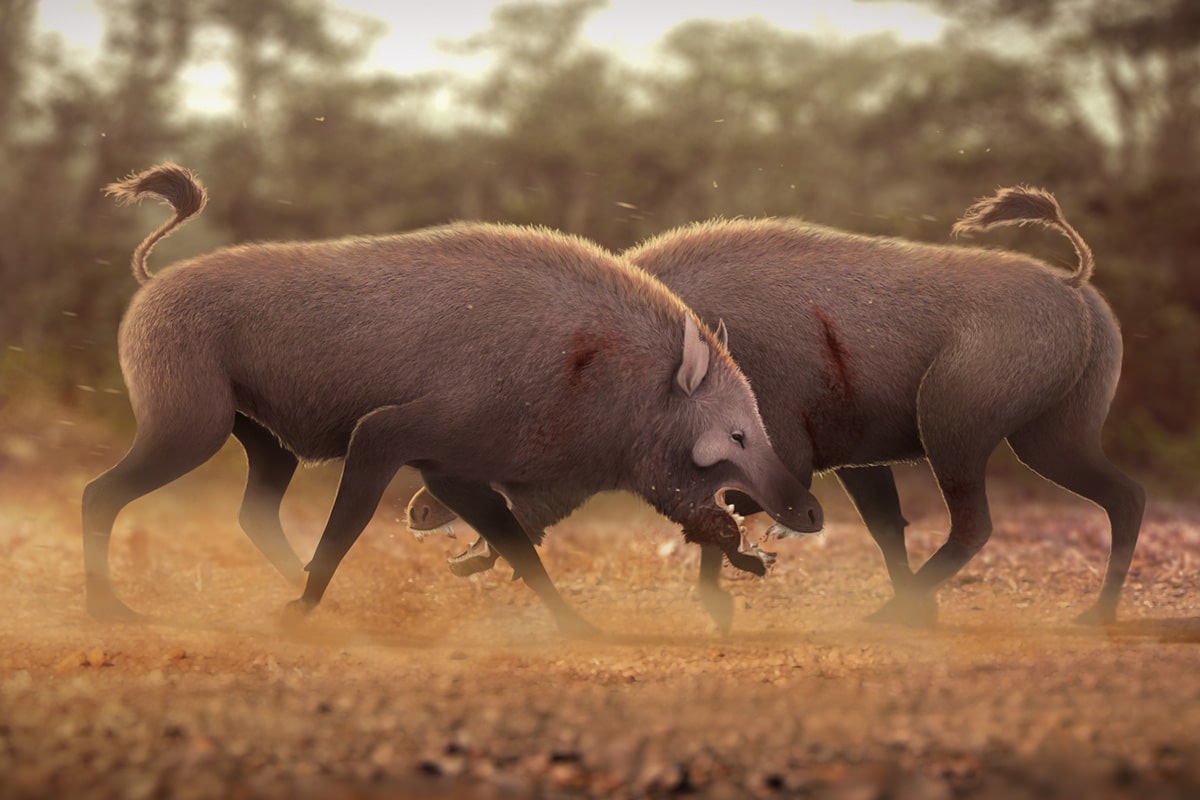
21 interesting facts about Entelodont
- 👁️ 1084
Entelodonts, often dubbed as “hell pigs” or “terminator pigs,” were a family of prehistoric mammals that roamed North America, Europe, and Asia. Despite their nicknames, these creatures were not pigs, nor were they closely related to modern swine. They lived from the late Eocene to the Miocene epochs, making their mark in the fossil record with their distinctive size, features, and presumed behaviors. Entelodonts were among the most intriguing and formidable creatures of their time, showcasing a fascinating blend of characteristics that have captivated scientists and paleontology enthusiasts alike. Here are 21 fascinating facts about these ancient behemoths.
- Entelodonts belonged to the family Entelodontidae, a group of omnivorous mammals that existed approximately 37 to 16 million years ago.
- They were characterized by their large size, with some species standing up to 2.5 meters tall at the shoulder.
- Entelodonts had massive skulls equipped with strong jaws and teeth capable of crushing bones.
- Their diet was omnivorous, feeding on plants, carrion, and possibly hunting small animals.
- Despite their common names, entelodonts are more closely related to modern-day hippos and whales than to pigs.
- They had long, slender legs compared to their bulky bodies, suggesting they could run relatively fast.
- Entelodonts possessed two sets of bony bumps on their cheeks, known as “flanges,” which may have been used for intraspecific combat or display.
- The largest and most well-known species, Daeodon shoshonensis, was found in North America.
- Entelodont fossils have been discovered across a wide range of locations, including Mongolia, China, the United States, and Europe.
- Their limb structure indicates that entelodonts could have roamed across vast distances in search of food.
- The name “Entelodont” means “complete tooth,” referring to their full set of teeth adapted for an omnivorous diet.
- These creatures lived in a variety of habitats, from forests to open plains.
- The decline and eventual extinction of entelodonts are believed to be linked to climatic changes and competition with other species.
- Entelodonts had small brains compared to their body size, suggesting that they relied more on brute strength than intelligence for survival.
- Fossil evidence indicates that entelodonts were capable of scavenging and potentially hunting in packs.
- The structure of their teeth and jaws suggests they had a powerful bite force, capable of breaking through bone.
- Some entelodont species had relatively short, stubby tails, contrasting with their otherwise imposing physique.
- Their fossils are relatively rare, making every discovery significant for understanding their biology and ecology.
- Entelodonts are considered one of the largest terrestrial mammalian carnivores of their time.
- Analysis of their limb bones suggests that despite their bulk, they were likely fast and agile predators.
- Entelodonts’ unique combination of features makes them one of the most intriguing subjects of study in paleontology.
Entelodonts offer a fascinating glimpse into the past, showcasing the diversity and complexity of prehistoric life. These “hell pigs” were not only remarkable for their size and dietary habits but also for their adaptability to various environments. Their place in the fossil record helps scientists piece together the ecological dynamics of ancient ecosystems. Despite their extinction, the legacy of entelodonts continues to captivate and provide valuable insights into the evolution of mammals and the history of our planet.

